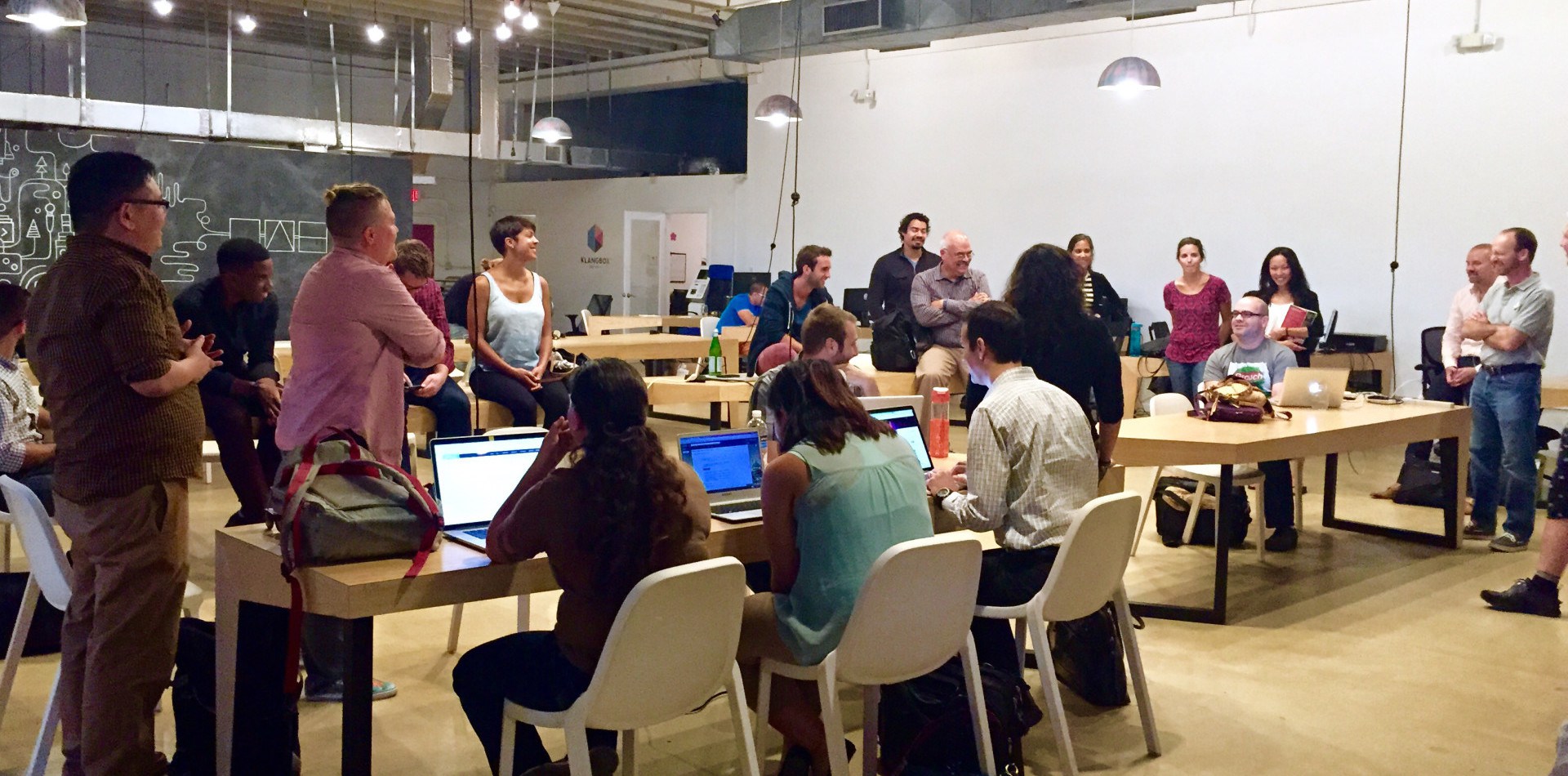The most innovative ideas in data are going to come from communities

Today is U.S. Data Innovation Day, a half-day forum hosted by the think tank Center for Data Innovation in Washington, DC that brings together public and private sector leaders to discuss advances in tech and the Internet of Things, as well as opportunities and barriers for government agencies to use these technologies.
Over the last several years, cities and technology companies have been finding new and exciting ways to work together, from improving garbage collection to mapping gunshot locations or tracking and improving traffic congestion with embedded sensors. Much of this is important and admirable work that we know will help cities continue to improve in the coming years.
As the event details explain, those “improvements will not happen soon enough or extensively enough unless policymakers insist on leveraging the power of data.” We completely agree: open government data is a powerful tool that is crucial to making cities and our democracy work better.
What we’re most excited about in data innovation, however, isn’t a new feature or device. We’re most excited about an idea that’s been around for a long time: bringing open government data to the people. That doesn’t necessarily require new infrastructure or connecting more devices to the Internet. Truly open government requires the hard, ongoing work of building trust, communications, and transparency between government staff and the residents they serve.
Opening data to residents — and helping them understand that data and put it to use — is a powerful strategy for innovation. Diverse ideas and perspectives are the starting point of community-led ideas that use data to address shared problems. We agree with the Data Innovation Day organizers that innovative policymaking can be the key to sourcing these ideas and perspectives.
What does this look like in practice?
In Pittsburgh, Zan Dodson, a postdoctoral researcher at the University of Pittsburgh’s School of Public Health, used the City of Pittsburgh’s public safety open data sets to understand the region’s opioid overdose epidemic. Dodson mapped opioid-related arrests to find areas where the city could focus its prevention efforts. The maps included a time component to show where there were short-term spikes in drug traffic or arrests. Dodson passed the information to public health officials, who can use the information to target intervention.
It’s not just postdoc researchers who can use data to learn about problems and work on them. In North Bay, Ontario, three seventh graders (Lego Team 18925) developed an app that allows users to manage their home water usage from their phone. They want residents to have real-time access to information about utilities in their City. The app, which is still in beta, would need to use municipal water data to function in the hands of the users in the city.
These are just some of the ways that residents are leading on data innovation, and using data to solve challenges in their communities. Ultimately, the innovation we want to see most is the kind that strengthens and advances democracy, rebuilds public trust in government, makes information more free, and empowers the people to whom officials and civil servants are accountable.
Emerging technologies are powerful tools to accomplish these goals, particularly when residents are part of the team creating these tools. Cities are smartest when their residents understand how and when technologies are being used, by whom, and how and where public participation is built in to public policy. That’s the innovation we want to see most, and a perspective we celebrate on Data Innovation Day and every day.

